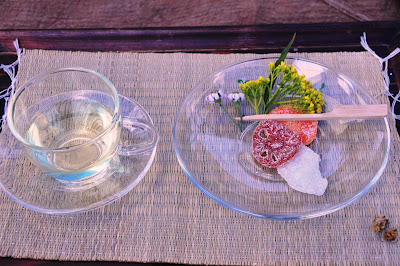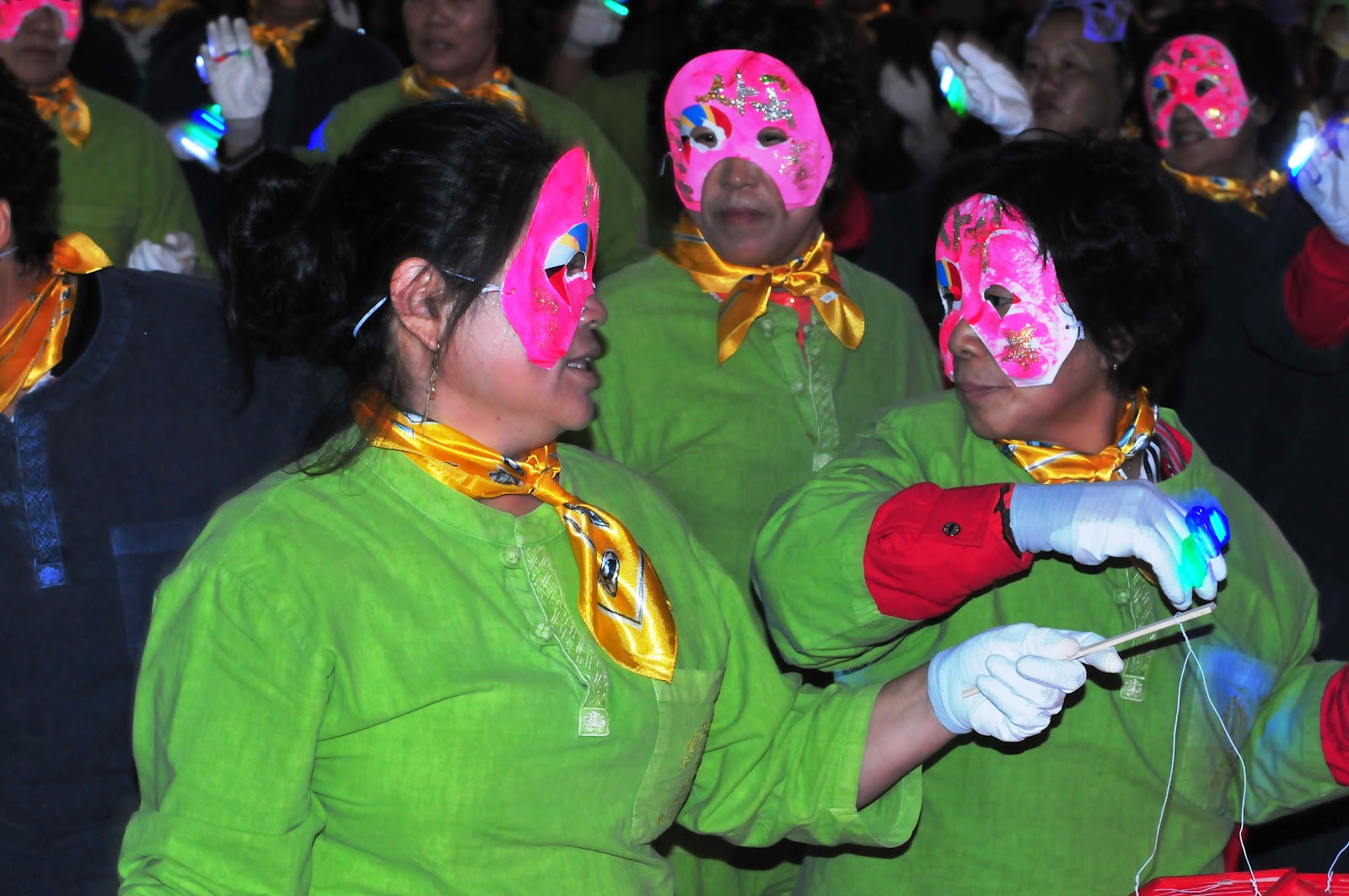The letters in the Korean alphabet have a required order ("Now I know my ABCs"...), and children learn them in a song, which one can hear/see here
Many Korean words (names, nouns, institutions, etc.) have a Chinese letter behind them, much like English has Latin, Old English, and German among its grandparents.
That's the lesson for today, October 9, the day each year Korea sets aside to commemorate the invention of the written language by then-King Sejong. The story is that he wanted a more simple way (than Chinese) for uneducated people to write.
Koreans are proud of their language; wouldn't it be kinda cool if we English speakers had a day devoted to its heritage? Here is a game that involves knowing the alphabet:
Class dismissed!
Marc




























































